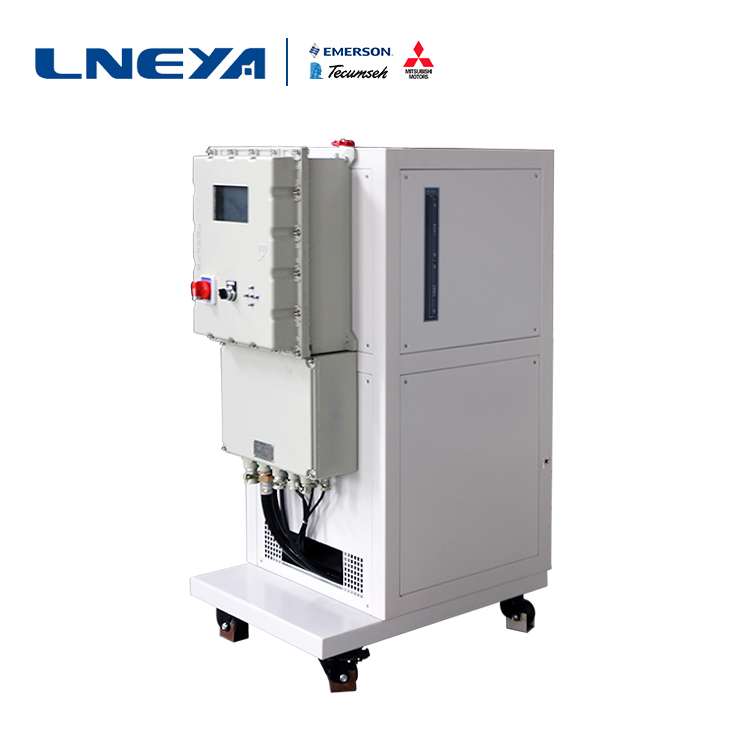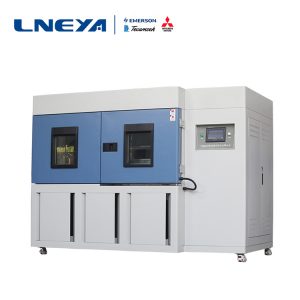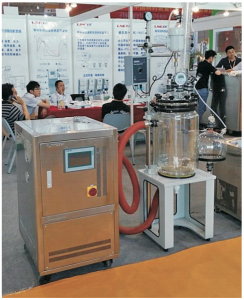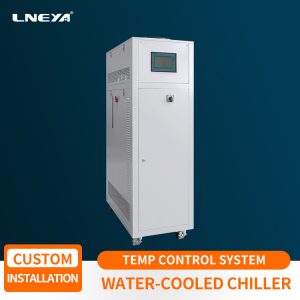선형 급격한 온도 변화 테스터 비우기 및 채우기 지침
Before starting the linear rapid temperature change tester, check whether the relevant protective measures are in place, such as fire protection, protection, leak prevention and other tools. Check whether the power supply is in place according to the power supply installation and equipment grounding, whether the phase sequence is correct, and whether the grounding is good. Then power on the equipment, and then check whether the relevant valve is open. Otherwise, the circulating pump will be blocked and burned out, or the pipeline pressure will be too large to crack the pipeline.
The linear rapid temperature change tester drains the liquid, and the liquid addition and emptying are performed simultaneously. The linear rapid temperature change tester device is located at the upper end of the device, closed clockwise, and opened counterclockwise. The linear rapid temperature change tester exhaust valve is located on the side of the unit. Use the auxiliary tool to insert a hole, turn it clockwise, and open it counterclockwise.
The linear rapid temperature change tester can cause damage to the circulation pump if it is not filled with the circulating heat transfer medium in accordance with the following simple operation guide. The linear rapid temperature change tester needs to pay attention to the necessary protective measures, wearing rubber gloves, goggles, eye wash, etc., to ensure that the thermal medium meets the system requirements (temperature range, viscosity, corrosion, toxicity). Check the medium to ensure no precipitation, no color, no corrosiveness. If a small amount of sediment should be settled stably, the precipitate should not be added to the system when a heat transfer medium is added. The linear rapid temperature change tester should be splashed when dumping, and always pay attention to the sight glass on the side of the device to prevent the overflow into the electrical cabinet and damage the equipment and form pollution. Before adding the liquid, check whether the relevant pipeline is completely open. Whether the liquid port is closed.

If the linear rapid temperature change tester mixes different types of thermal fluid in the thermal fluid circulation, the linear rapid temperature change tester will be damaged. Different types of thermal fluids (eg mineral oil, silicone oil, synthetic oil, water, etc.) cannot mix with each other in the thermal fluid circulation. When replacing other types of thermal fluid, the thermal fluid circulation must be flushed. The previous thermal fluid is not allowed to remain in the thermal fluid circulation.
The linear fast temperature change tester’s emptying liquid is as shown above. After the process of emptying and adding liquid, the power can be turned on and the linear rapid temperature change tester can operate normally.
관련 권장 사항
-
Closed cycle heating system temperature deviation description
965If the temperature deviation occurs in the closed cycle heating system during use, it is necessary to check to see if there is any problem in each link, and solve the problem in time. In the steady state, the closed loop heating system displays th...
세부 정보 보기 -
소형 고온 및 저온 충격 테스트 박스 사용 노트
1097소형 열충격 테스트 챔버는 방폭 제품이 아니므로 (방폭은 사용자 정의해야 함) 가연성 또는 폭발성 가스가있는 환경에서는 사용하지 마십시오. 작은 열 충격을 피하기 위해 테스트 상자에 결함이 있습니다.
세부 정보 보기 -
Burning machine phenomenon in small high and low temperature integrated machine
929The small high-low temperature integrated machine is used for the temperature control of the connected reactor in the pharmaceutical, chemical and other industries. Once the burning phenomenon occurs during operation, we need to pay special attent...
세부 정보 보기 -
Cause Analysis of Poor Cooling Effect of Water Cooled Chiller
966Water cooled chillers have been more and more widely used in all walks of life around us. Its main function is to provide industrial chilled water for equipment or products. The water temperature range can be adjusted according to users' needs, an...
세부 정보 보기
 LNEYA 산업용 냉각기 제조업체 공급 업체
LNEYA 산업용 냉각기 제조업체 공급 업체













